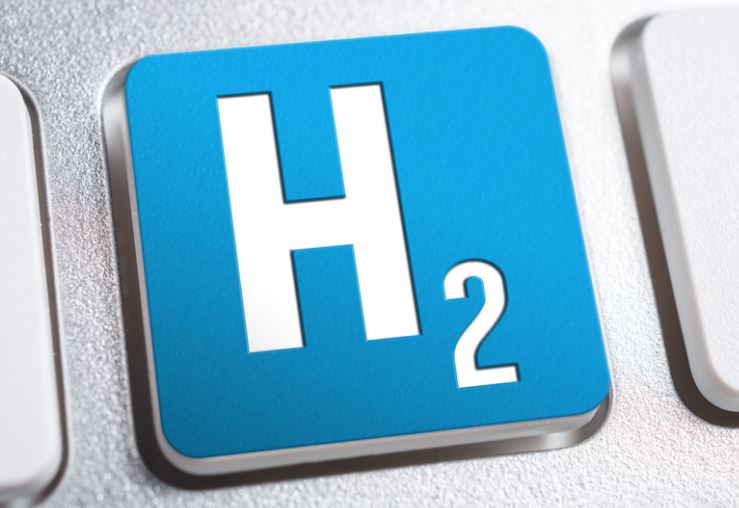In a collaboration, atomic-scale semiconductor process technology and clean hydrogen energy now work together to enhance solid oxide fuel cells (SOFC) performance, prevalent in energy storage, transportation, and other applications.
SOFCs employ solid electrolytes, typically ceramics, and their effectiveness hinges on the stability and efficacy of their electrodes. Enhancing the efficiency of these cells requires the creation of electrodes with a porous structure. However, the current technologies stumble in delivering a uniform coating of ceramic materials within sophisticated porous structures.
Researchers from Pohang University of Science and Technology (POSTECH) have successfully created porous electrodes for SOFCs using modern semiconductor processes. This notable achievement featured as a back cover article in Small Methods, an acclaimed scientific journal.
The team spearheaded by Professor Jihwan An and Ph.D. student Sung Eun Jo devised a method to deposit gaseous materials onto a substrate surface in thin, uniform atomic layers (Atomic Layer Deposition or ALD).
Moreover, the team devised a powder ALD process and requisite equipment, enabling precise coating of nano-thin films on powders. Through this process, they uniformly coated a zirconium oxide (ZrO2) ceramic material onto a porous structured cathode.
In contrast to conventional ALD processes that have limitations in penetrating intricate pores, the team managed to deposit materials inside the structure with an atomic layer process on powdered electrode materials.
In experimental trials, these newly developed electrodes showed a remarkable 2.2-fold increase in the maximum power density of the cells when compared to traditional cells. This was true even in high-temperature conditions (700–750°C). The team also achieved a 60% reduction in activation resistance, a common factor that dampens cell efficiency.
Professor Jihwan, the research lead, lauded this as a vital breakthrough in green energy systems through the application of advanced semiconductor process technology. He contended that powder ALD technology has immense potential in various applications including SOFCs, hydrogen production, and other secondary battery devices such as SOECs. Consequently, the team aims to continue their research into enhancing sustainable solutions to green energy.
